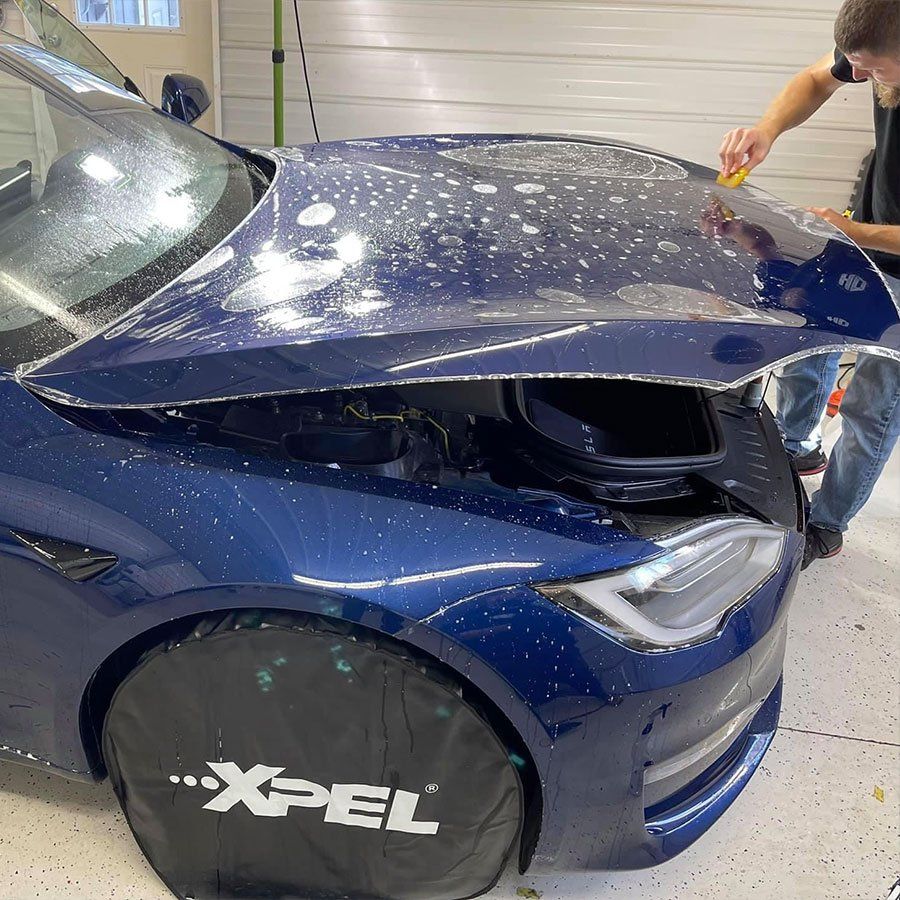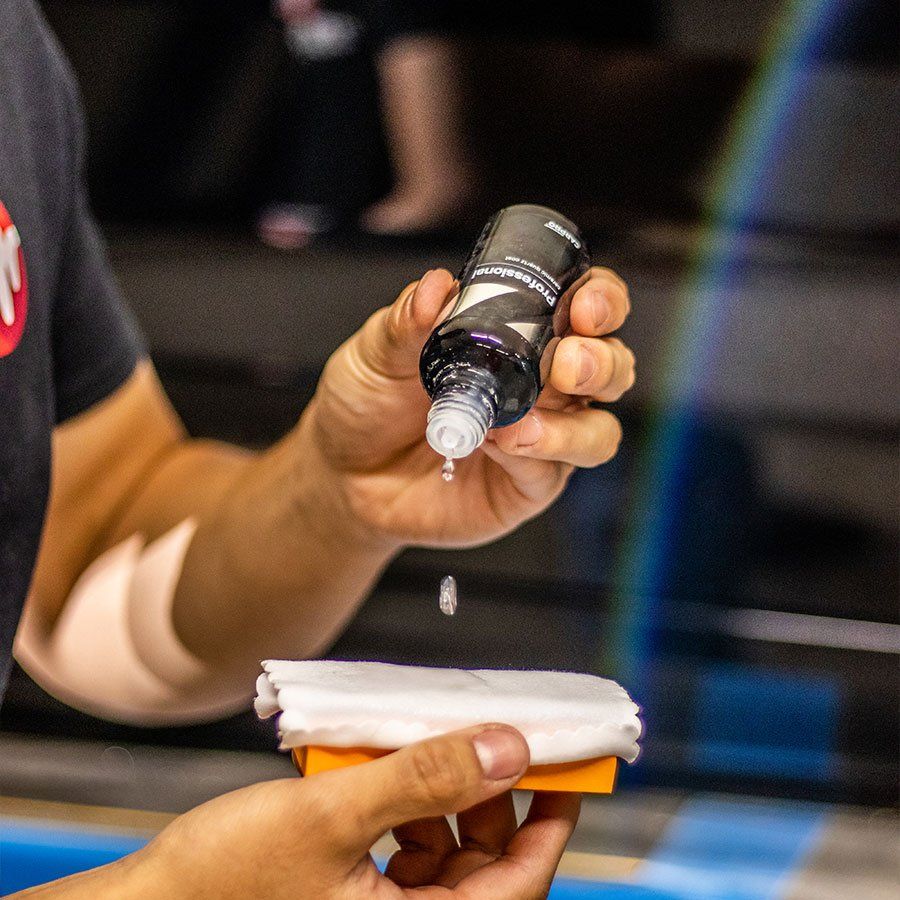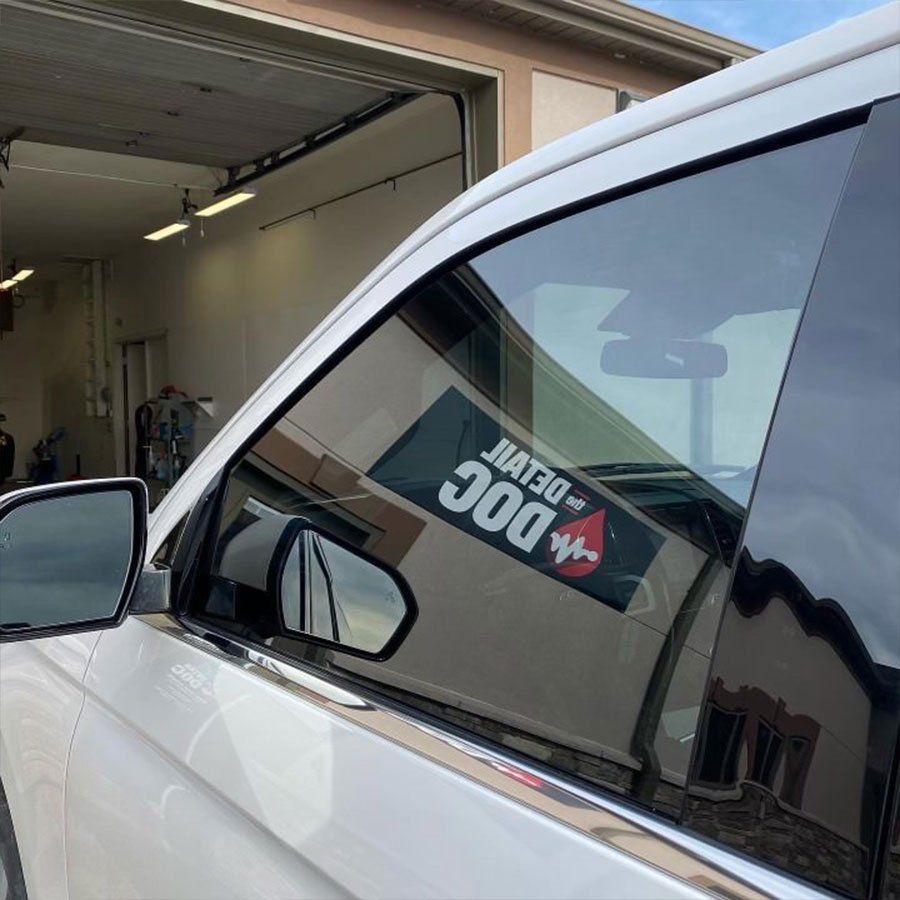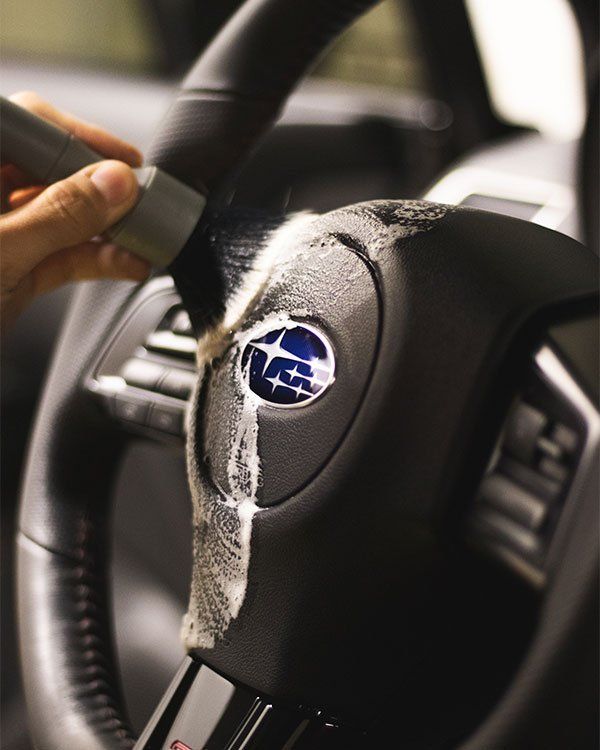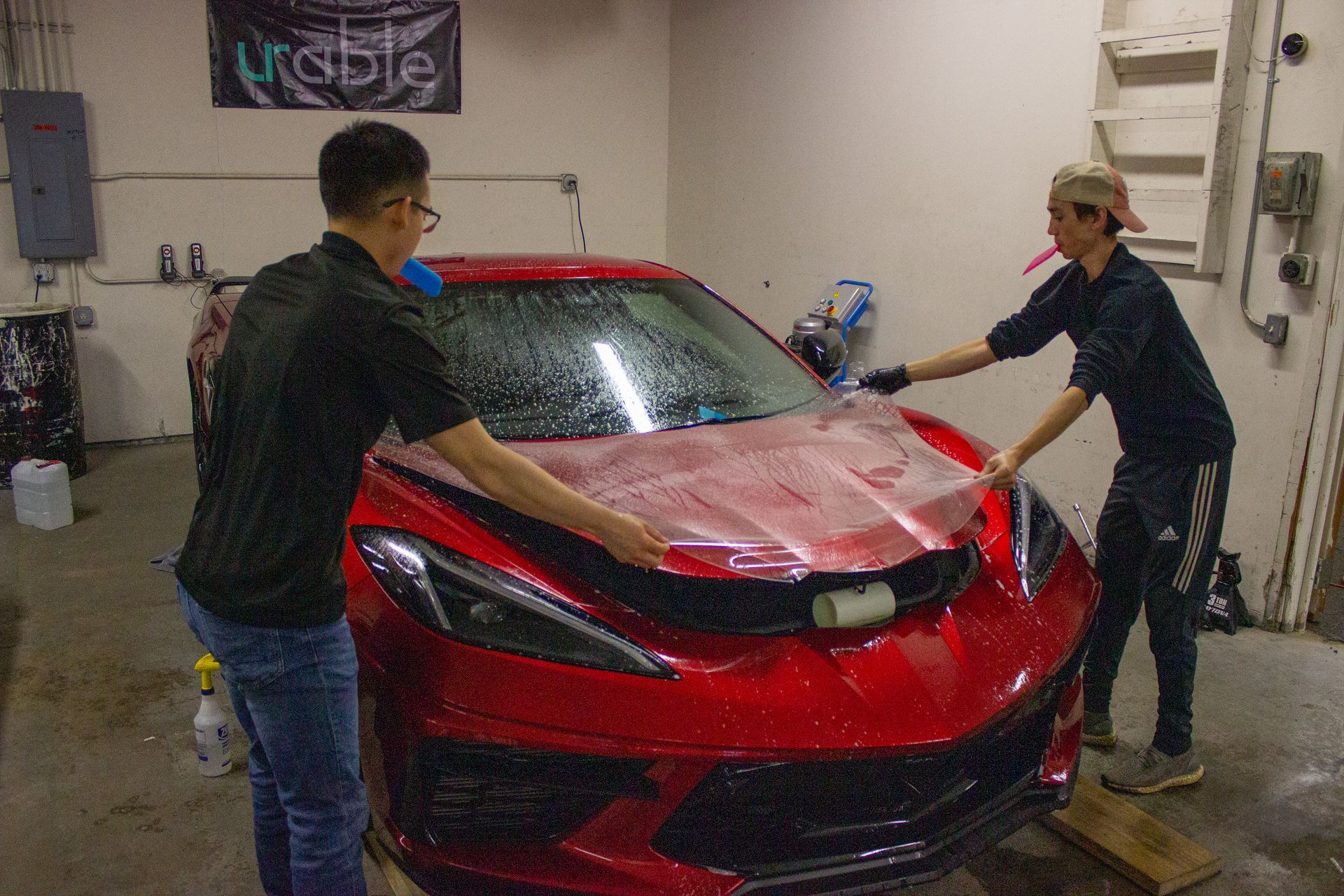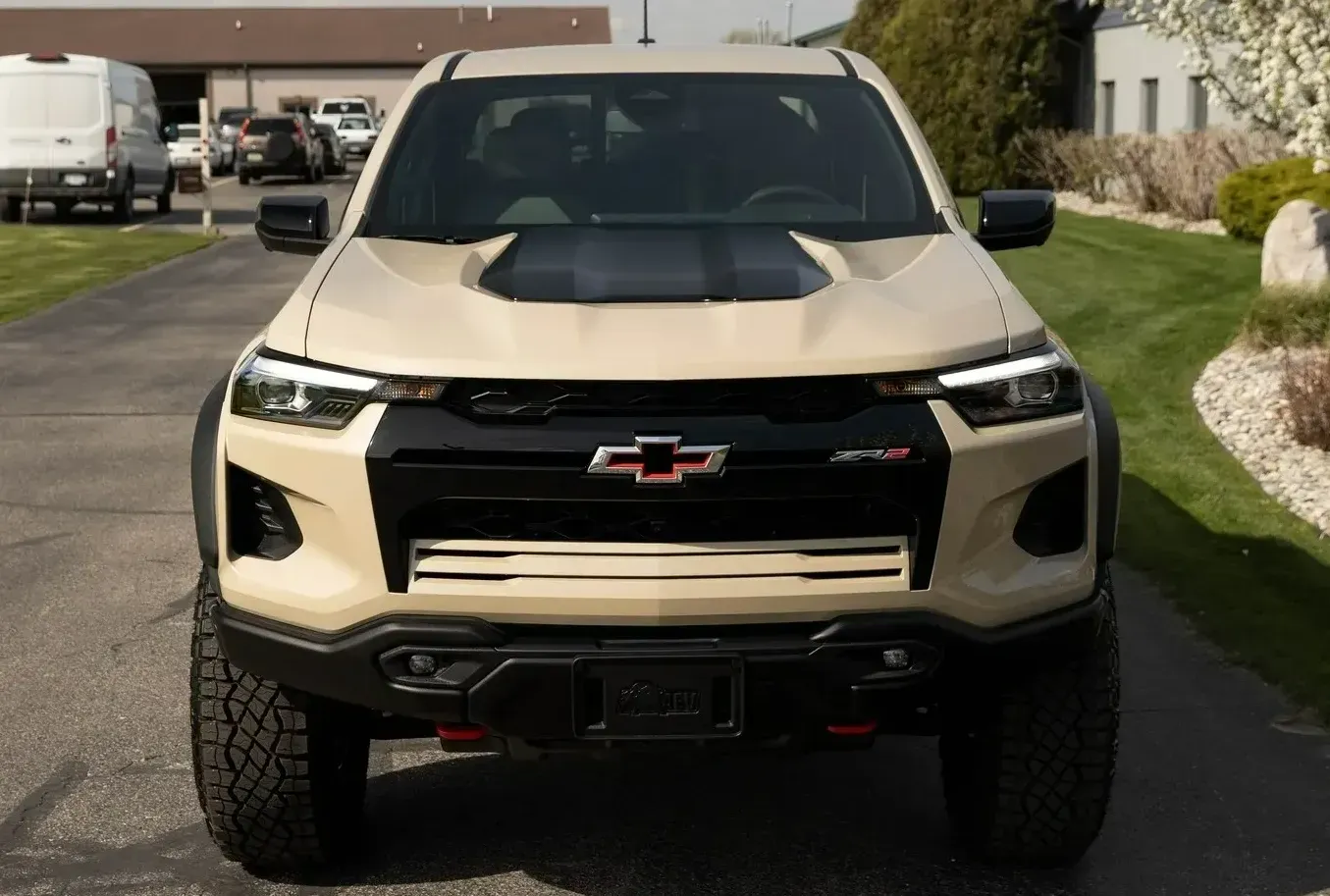Do you avoid driving on gravel roads for fear of paint damage? Have you fallen prey to overhyped advertisements promising a durable, long-lasting shield for your vehicle's paint that ultimately fails? Well, it's about time we exposed some common misconceptions and set the record straight. In this blog post, we're going to crack open three prevalent myths about Paint Protection Film (PPF). Steer away from misguided word of mouth and give your car the treatment it truly needs. Stay on track with The Detail Doc as we debunk these untruths and pave the way for fact-based decisions!
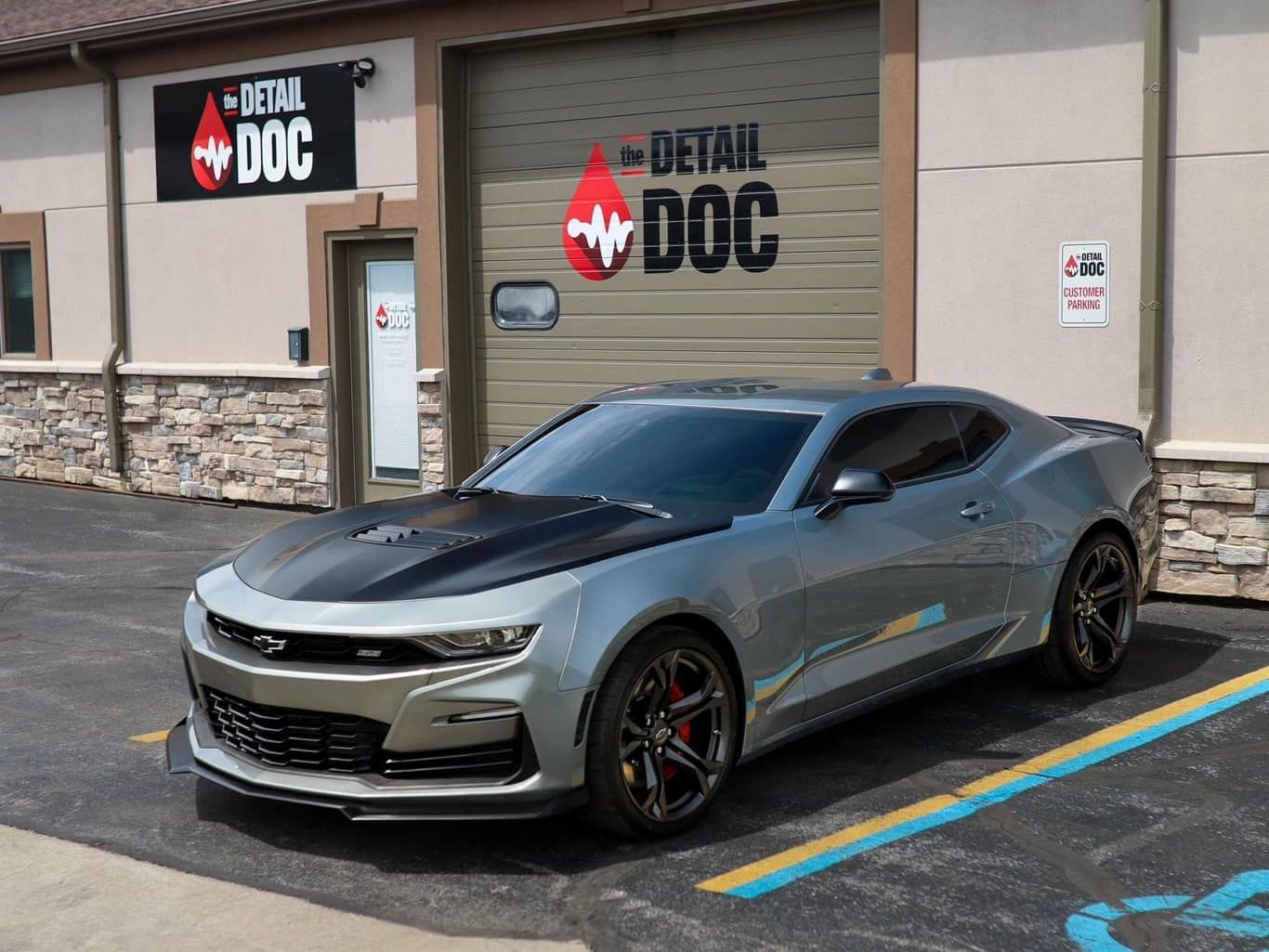
Understanding Paint Protection Film
As a car owner, you want to keep your vehicle looking brand new for as long as possible. That's where paint protection film (PPF) comes in. PPF is a clear layer of thermoplastic urethane that is applied to the surface of your vehicle to protect it from damaging elements like rocks, bugs, and environmental debris.
It's essential to note that PPF is not a permanent solution to protect your car from any external impact. Instead, it's a barrier that takes on the damage so that your paint can remain intact underneath, which helps maintain its pristine appearance for years to come.
For instance, let's say you enjoy taking road trips with your family through Michigan's winding roads and scenic routes. During your trip, you encounter rough terrain with gravel roads or construction zones with flying debris; your vehicle is continually exposed to rocks or other abrasive projectiles that could easily damage the paint job. PPF provides an extra layer of protection in these situations by absorbing the damage instead of leaving marks on the surface.
In addition to protecting your vehicle's exterior from scratches and chips, PPF also helps resist staining from bird droppings and tree sap. Moreover, it prevents damage caused by UV radiation and oxidation - two significant causes of color fading on automotive surfaces over time.
How Does the Film Protect Your Vehicle?
PPF provides superior protection for various reasons.
Firstly, the film itself is incredibly durable, withstanding hard impacts and scratches without peeling or cracking. A high-quality PPF has a thickness of about eight mils (0.008 inches), which is about two times thicker than an average coat of clear coat paint on a car.
Secondly, PPF's self-healing properties make it resistant to damage caused by light scratches and swirl marks that we would otherwise need to wax out. The unique properties of the material allow it to re-set itself when it gets scratched or dented, leaving no trace of previous damage.
Thirdly, PPF is transparent and extremely optically clear, ensuring that the protective layer never interferes with your vehicle's original color or shine. When PPF is correctly installed on top of your car's paint job, it becomes virtually invisible while providing all the protection needed.
Lastly, as mentioned before, PPF protects your vehicle from environmental elements like bird droppings, tree sap, UV rays, and oxidation, which can cause damage or fade over time.
- According to a 2020 Automotive Market Research report, nearly 70% of drivers are misinformed about the advantages of PPF, thinking it doesn't protect against scratches or chipping.
- A survey conducted in 2019 revealed that approximately 52% of car owners believed that PPF installation could devalue their vehicle.
- Data from a 2021 study shows that almost 60% of vehicle owners assume that PPF requires high maintenance and frequent replacement, contrary to its long-lasting characteristics.
Debunking Common Paint Protection Film Myths
Are you hesitant about getting a paint protection film for your vehicle because of some misconceptions that you've heard? Let's debunk three common paint protection film myths and get the facts straight:
Myth #1: Paint Protection Film is only for High-End Vehicles
Some car owners believe that only luxury vehicles, exotic cars, or sports cars require paint protection film. However, that cannot be further from the truth. Paint protection film benefits any vehicle, regardless of make, model, or age. Whether you've got a daily driver or a classic car, PPF can protect your investment by preventing damage caused by debris, scratches, UV rays, and other environmental factors.
Myth #2: Paint Protection Film is Expensive
While it is true that investing in paint protection film involves some upfront cost, it is not as expensive as you might think. Prices may vary depending on the quality of the PPF brand, the size of your vehicle, and the complexity of the installation process. However, compared to repainting or repairing damages caused by unprotected paint, PPF is a cost-effective option that saves you money in the long run.
Myth #3: Paint Protection Film Turns Yellow Over Time
One persistent myth about PPF is that it turns yellow over time and loses its transparency. While this may have been true in the past with older technology films and cheap materials, modern PPF from reputable brands provides excellent UV resistance and optical clarity throughout its expected lifespan when properly cared for.
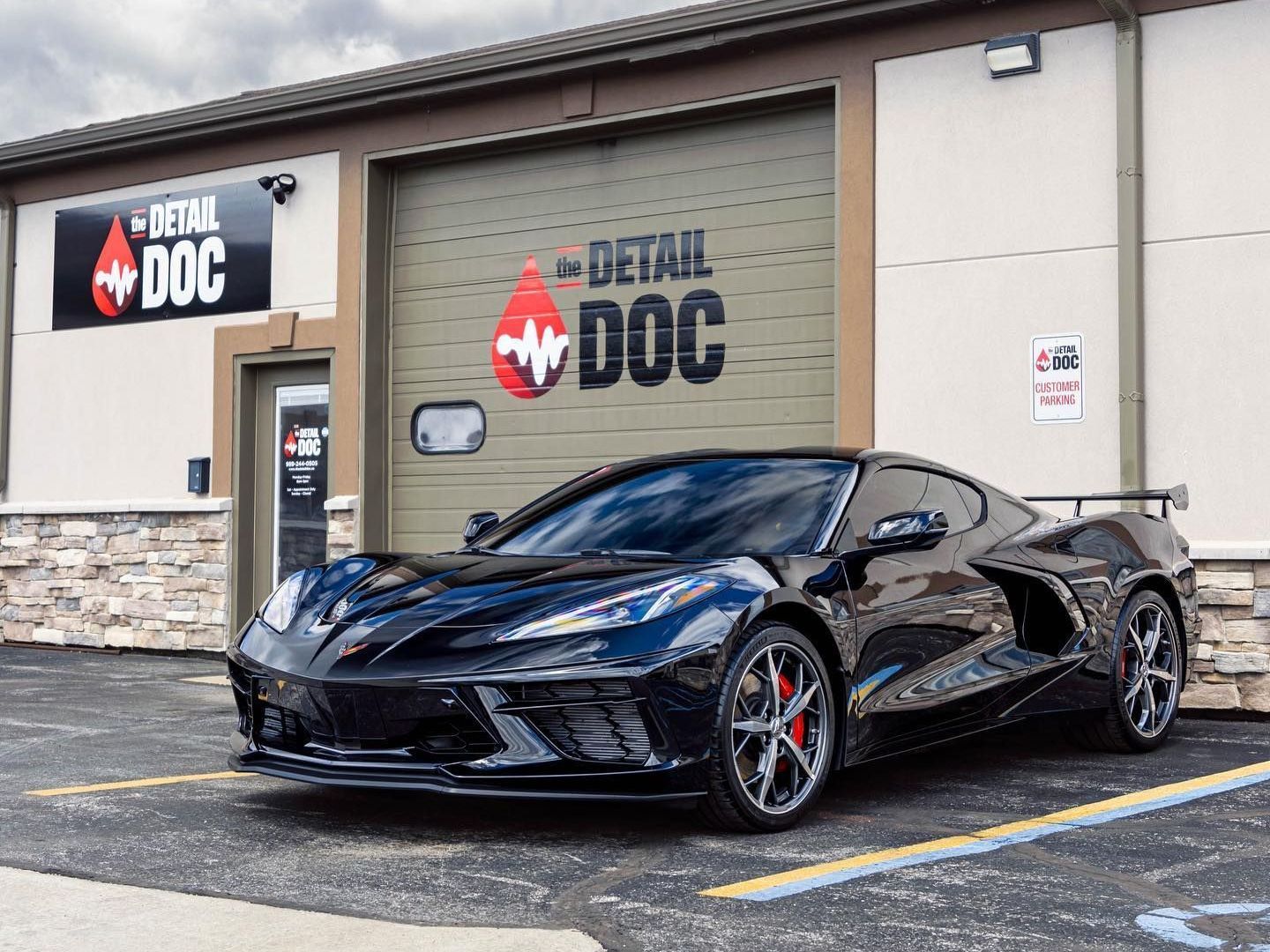
The Truth about the Optically Clear Features of Film Protection
Optical clarity is one of the most important benefits of paint protection film. Here's what you need to know about this feature:
Paint Protection Film Offers Near-Invisible Coverage
Paint protection film offers an optically clear layer that provides near-invisible coverage for your vehicle without affecting its color or shine. Unlike some older films, modern PPF has no orange peel texture, which gives a strange distorted effect when light reflects off it.
Enhanced Visibility
Paint protection film improves visibility by protecting headlights and other surfaces on your vehicle, reducing glass scratches that impede vision and breakage from rocks and debris. This improved visibility makes driving safer and more comfortable while keeping your car looking stylish.
Boosted Resale Value
Protecting your vehicle with paint protection film retains its showroom appearance, resulting in a higher resale value because well-maintained vehicles are generally considered to have better mechanical health than those that look shabby from wear and tear. So, investing in PPF today will pay off later when you decide to sell your car.
The Importance of Professional Installation
When it comes to installing paint protection film, there are two critical elements that should never be overlooked: the quality and type of film you choose and the installation process. While it may be tempting to opt for a DIY solution, it's not advisable. If you want your paint protection film to last and provide maximum protection for your vehicle, professional installation is crucial.
Professional installers have the knowledge and experience needed to ensure a seamless installation. They know how to properly clean and prepare the surface, apply the film without leaving any bubbles or creases, and finish with precision trimming without causing any damage. In contrast, DIY installations can result in uneven application, air pockets, or even damage each time you try again, costing you more money and potentially lessening the effectiveness of your paint protection.
Additionally, professional installers use high-quality materials specifically designed for such applications. This means they understand the unique properties of each film
type and how they interact with different finishes. They have advanced tools to ensure a precise fit while minimizing waste. Additionally, some installers offer certification programs through PPF manufacturers like STEK to stay current on industry best practices and advancements in technology.
Why DIY Installation Fails in Comparison
Despite numerous videos available online promoting easy DIY solutions for paint protection film installations at home, there are many reasons why this approach fails to offer the same level of protection as professional installation.
DIY installations are often done without proper surface preparation, meaning that dust or contaminants may be present on the vehicle's surface, resulting in poor adhesion and a significantly shorter lifespan. Additionally, inexperienced installers may inadvertently stretch the film too much during installation, which can lead to bubbling, wrinkling, or creasing. It can also end up producing wrinkles and having jagged ends that cause further damage or debris to gather over time.
Overall, DIY installations carry a higher risk of damaging your vehicle than protecting it. Even if the application appears smooth at first, issues like lifting, cracking, and subpar adhesion can ensure that any benefit from installing film protection is negated entirely. With this in mind, doesn't it make sense to choose a proven professional installer with years of experience to ensure you receive a reliable, consistent finish?
Final Words
At The Detail Doc, we're committed to providing our customers with the best possible installation experience. Our team has undergone extensive training and certification through STEK to ensure all projects are completed to manufacturer standards. Additionally, we use only top-quality PPF options, offering superior protection for vehicles ranging from sports cars to SUVs. Ultimately, our aim is always to deliver exceptional results and exceed client expectations every single time.
In summary, The Detail Doc provides much more than just paint protection services. We offer peace of mind, excellent customer service, and unparalleled expertise in the field.
Contact us today to schedule your paint protection appointment and experience the difference for yourself!

